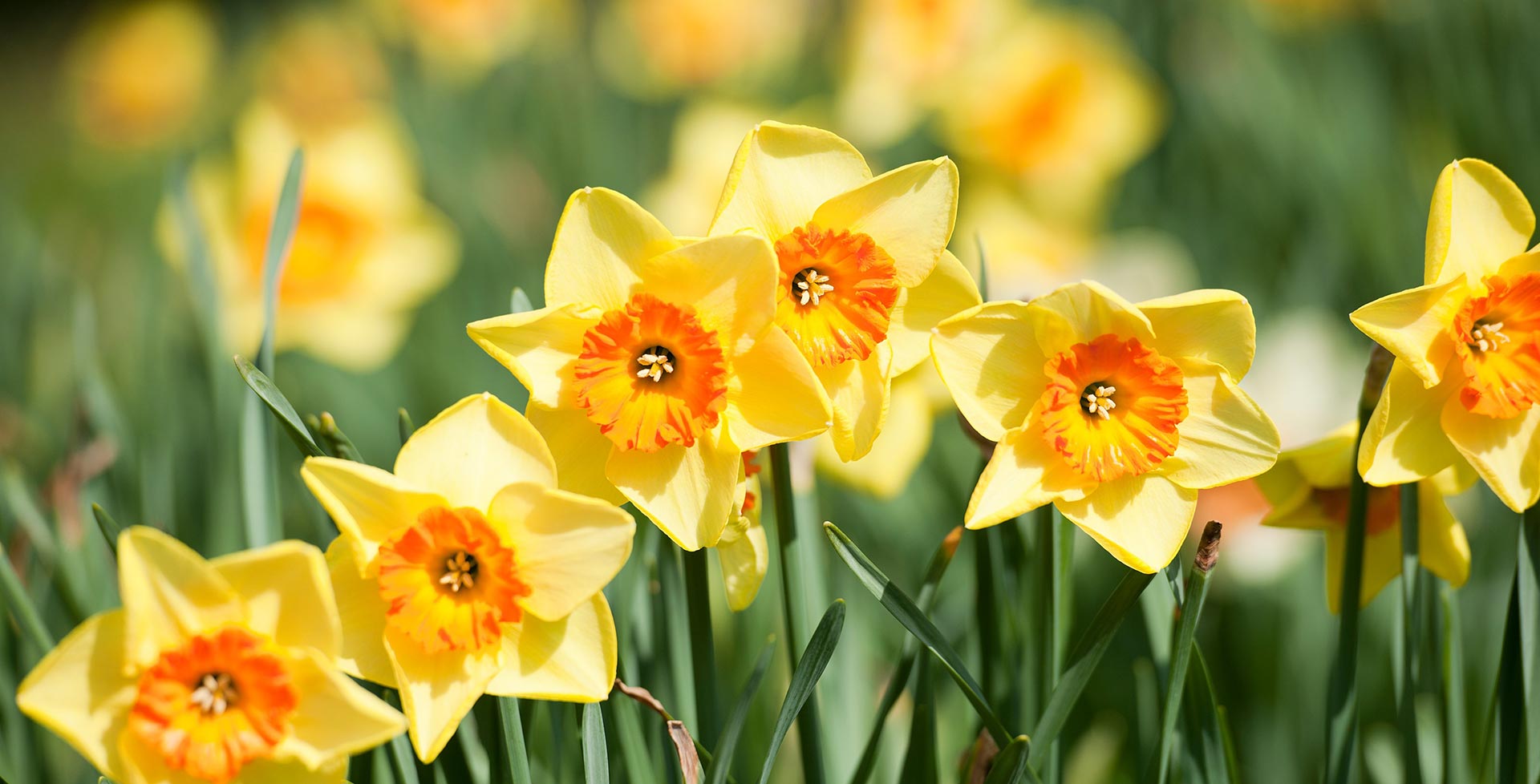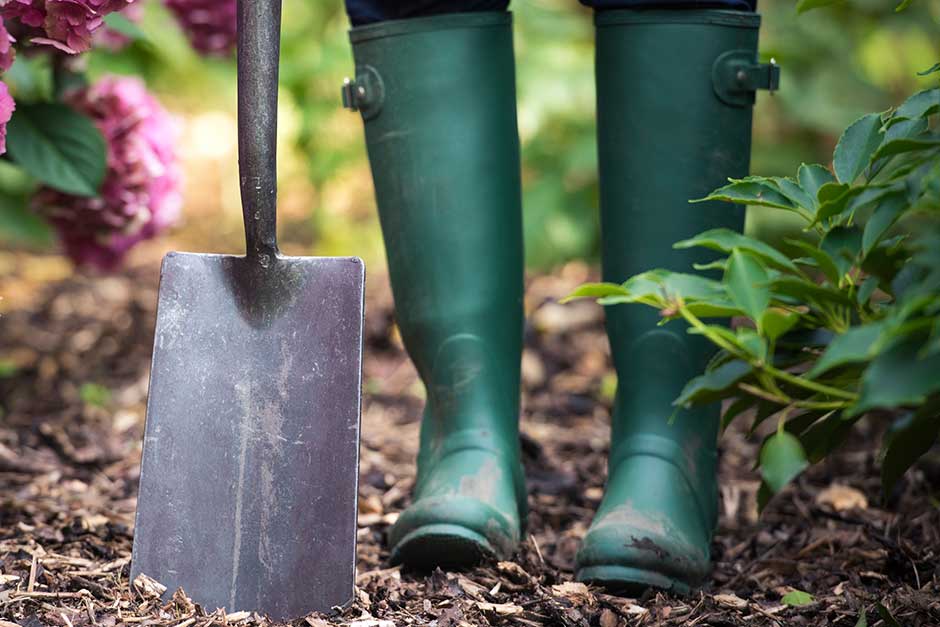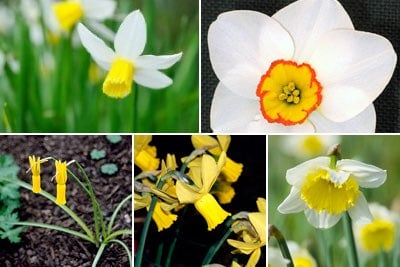
Introducing...
Daffodils
Botanical name: Narcissus
Daffodils are one of the most popular and cheery heralds of spring. Planted in September, they spend several months developing roots before the flowers burst forth, usually between February and May. Ideal in containers, borders and lawns, they’ll suit almost any garden style and situation. Join in with our Daffodil Diaries project to log yours
Looks
Daffodils have instantly recognisable flowers with a central trumpet surrounded by six petal-like tepals. Usually yellow or white, the flowers stand on sturdy stems, above slender leaves, reaching from just 20cm (8in) tall up to 50cm (20in), depending on the cultivar.
Likes
Plant in early September, in fertile, well-drained conditions with plenty of sun. They are happy in containers as well as in the ground, where they do best planted at a depth of three times the height of the bulb.
Dislikes
Daffodils dislike waterlogged soil, as well as very dry conditions and deep shade. Avoid shallow planting, overcrowding the bulbs, and cutting back the leaves before they die naturally.
Did you know?
Daffodil bulbs are poisonous, causing a stomach upset if eaten. They are easily and regularly mistaken for onions, so to avoid any confusion always keep stored daffodil bulbs in labelled bags, and don’t plant them where onions might be grown.
Growing guide

How to grow daffodils
All the information you’ll need to grow & care for daffodils in your garden.
Daffodils we recommend
Narcissus 'Sailboat' (7)
daffodil 'Sailboat'
- 0.1–0.5 metres
- 0–0.1 metre
Narcissus 'Ice Follies' (2)
daffodil 'Ice Follies'
- 0.1–0.5 metres
- 0.1–0.5 metres
Narcissus 'Sailboat' (7)
daffodil 'Sailboat'
- 0.1–0.5 metres
- 0–0.1 metre
Narcissus 'Ice Follies' (2)
daffodil 'Ice Follies'
- 0.1–0.5 metres
- 0.1–0.5 metres
Useful advice

Daffodil blindness
Daffodil viruses
Narcissus basal rot
Narcissus bulb fly
Get involved
The Royal Horticultural Society is the UK’s leading gardening charity. We aim to enrich everyone’s life through plants, and make the UK a greener and more beautiful place.

